Running a bistro means juggling countless moving parts—from perfecting your signature dishes to managing staff schedules. But there's one area that often gets overlooked until it becomes a problem: your phone system. Every missed call could be a lost reservation, a frustrated customer, or revenue walking out the door.
The restaurant industry is experiencing a technological revolution, with artificial intelligence (AI) playing a key role in transforming customer experiences (Q3 2025 Restaurant Tech Trends). AI solutions are generating an additional revenue of $3,000 to $18,000 per month per location, up to 25 times the cost of the AI host itself (Q3 2025 Restaurant Tech Trends).
But will an AI phone receptionist actually pay off for your bistro? Let's crunch the numbers together using real data and see exactly when—and how—this investment starts putting money back in your pocket.
Before we dive into the calculator, let's establish the baseline. Most bistros handle phone calls the traditional way: a host or server picks up between seating guests, taking orders, and managing the dining room chaos.
Here's what that typically looks like:
The global food automation market is projected to reach $14 billion by the end of 2024, with a potential 69% increase in AI and robotics use in fast food restaurants by 2027 (Q3 2025 Restaurant Tech Trends). This isn't just about fast food—bistros and fine dining establishments are also embracing these technologies.
Modern AI hosts can enhance efficiency, personalization, and guest satisfaction by engaging in natural conversations across multiple languages, handling bookings without human intervention, and managing complex modifications (Forbes: How AI is Transforming Restaurants).
Let's build your personalized ROI calculation step by step. Grab a pen and paper—we're going to plug in your actual numbers.
Daily Call Metrics:
Monthly totals:
This is where the real money lives. Every missed call represents potential lost revenue.
Current missed call percentages:
Industry benchmarks to consider:
Your monthly missed calls:
Not every call converts to revenue, but let's calculate your average value:
Call conversion rates:
Average revenue per converted call:
Revenue calculation:
What does phone management cost you right now?
Staff time allocation:
Monthly labor cost for phone management:
Now let's look at what an AI phone system like Hostie brings to the table. Hostie AI is designed for restaurants, made by restaurants, offering an automated guest management system that learns and engages with nuance (Introducing Hostie).
24/7 availability benefits:
AI can take bookings when the restaurant is closed or during peak hours when human hosts are unavailable (Forbes: How AI is Transforming Restaurants). The AI integrates directly with existing reservation systems, POS systems, and event planning software (Introducing Hostie).
Advanced features:
In multicultural cities like Toronto and Montreal, AI systems offer a distinct advantage with their multilingual capabilities, enabling smoother communication with diverse clientele and enhancing the overall customer experience (Forbes: How AI is Transforming Restaurants).
Typical AI receptionist pricing:
Here's where the magic happens. Let's calculate how much revenue you'll recover:
Missed call recovery:
Upselling opportunities:
After-hours capture:
Let's examine a real scenario that demonstrates the potential returns. Consider a mid-sized bistro with these characteristics:
Bistro Profile:
Current situation:
With AI implementation:
This demonstrates how AI solutions are generating additional revenue of $3,000 to $18,000 per month per location, up to 25 times the cost of the AI host itself (Q3 2025 Restaurant Tech Trends).
Now let's calculate your specific return on investment:
Revenue recovery:
Cost savings:
Total monthly benefit: $____
AI system costs:
Net monthly benefit: (Total benefit - Total investment) = $____
Payback period: (Initial setup cost ÷ Net monthly benefit) = ____ months
Annual ROI: ((Net monthly benefit × 12) ÷ Total annual investment) × 100 = ____%
Your ROI will be higher if you have:
57% of hospitality owners worldwide have adopted automation as a critical survival strategy, and 58% of people aged 18-38 are more likely to return to restaurants that use automation (Step-by-Step Integration Guide).
Modern AI systems integrate seamlessly with existing tools. Hostie AI allows for streamlined integration with OpenTable reservations and Square POS system in under an hour (Step-by-Step Integration Guide).
Integration advantages:
By integrating Hostie AI's voice agent with OpenTable's Connect API and Toast's Voice Ordering beta, restaurants can achieve zero-touch reservations, where calls flow directly from the AI system to the POS and kitchen display systems without human intervention (2025 Integration Guide).
The integration process is straightforward and does not require extensive technical expertise, allowing restaurants to quickly benefit from AI-powered automation (Step-by-Step Integration Guide).
Technology adoption concerns:
Mitigation strategies:
Key metrics to track:
88% of restaurant leaders feel the impact of high input costs, including direct materials and labor, despite slowing inflation (Building Restaurant Resilience). AI phone systems can help address these cost pressures while improving service quality.
You should strongly consider AI phone automation if:
Artificial intelligence (AI) is revolutionizing the food and beverage industry, optimizing operations, enhancing customer experiences, and redefining menu innovation (Datassential AI Report). AI is now an industry standard, with nearly 75% of consumers and 70% of foodservice operators at least somewhat familiar (Datassential AI Report).
By managing routine tasks, AI allows human hosts to focus on high-touch interactions, enhancing guest experiences and job satisfaction (Forbes: How AI is Transforming Restaurants).
Based on your calculations above, you now have a clear picture of whether an AI phone receptionist makes financial sense for your bistro.
Hostie AI can handle all kinds of requests, from simple reservation changes to complex private event inquiries and complicated order modifications (Introducing Hostie). The system offers automated 24/7 call answering, multi-channel management, real-time language translation, automated reservation handling, and order management (Introducing Hostie).
The numbers don't lie—for most bistros handling significant call volume, an AI phone receptionist isn't just a nice-to-have technology upgrade. It's a revenue-generating investment that pays for itself within months while freeing your staff to focus on what they do best: creating exceptional dining experiences.
Modern diners expect instant responses, 24/7 availability, and seamless booking experiences that traditional phone systems can't deliver (Zero-Touch Reservations). The restaurant industry is undergoing a technological revolution, with AI-powered systems transforming guest communications and reservations (Zero-Touch Reservations).
Whether you're seeing a potential 760% ROI like our case study or a more modest 150% return, the key is understanding your specific situation and making an informed decision based on real data—not just industry hype.
Remember, in just a couple of years, there will hardly be any business that hasn't hired an AI employee (Forbes: How AI is Transforming Restaurants). The question isn't whether AI will become standard in restaurant operations—it's whether you'll be an early adopter who gains a competitive advantage or a late adopter playing catch-up.
Hostie AI was created by a restaurant owner and an AI engineer, Brendan Wood, specifically designed for restaurants, made by restaurants (Introducing Hostie). This means the system understands the unique challenges and opportunities that bistros face every day.
Use the worksheet above to run your numbers, and remember—every missed call is money walking out the door. The question is: how much longer can you afford to let it walk?
💡 Ready to see Hostie in action?
Don't miss another reservation or guest call.
👉 Book a demo with Hostie today
According to industry data, AI solutions are generating an additional revenue of $3,000 to $18,000 per month per location, up to 25 times the cost of the AI host itself. This revenue comes from capturing missed calls, handling reservations 24/7, and improving customer experience to increase repeat visits.
Most bistros see payback within 2-6 months depending on call volume and average order value. With AI systems capturing previously missed calls and automating reservation management, the ROI calculation typically shows positive returns quickly due to increased bookings and reduced labor costs.
Yes, modern AI phone systems like Hostie AI can integrate with popular restaurant platforms including OpenTable reservations and Square or Toast POS systems in under 60 minutes. This creates zero-touch reservations where calls flow directly from the AI system to your POS and kitchen display systems without human intervention.
Research shows that 58% of people aged 18-38 are more likely to return to restaurants that use automation. Modern diners expect instant responses and 24/7 availability that traditional phone systems can't deliver, making AI receptionists a competitive advantage for customer retention.
According to recent industry data, nearly 70% of foodservice operators are at least somewhat familiar with AI technology, and 57% of hospitality owners worldwide have adopted automation as a critical survival strategy. This shows AI is becoming an industry standard rather than an experimental technology.
As highlighted in Forbes coverage of restaurant AI transformation, artificial intelligence is revolutionizing multiple aspects of restaurant operations including demand forecasting, personalized customer interactions, menu optimization, and operational efficiency. The global food automation market is projected to reach $14 billion by the end of 2024, with potential 69% increase in AI use in restaurants by 2027.
RELATED


